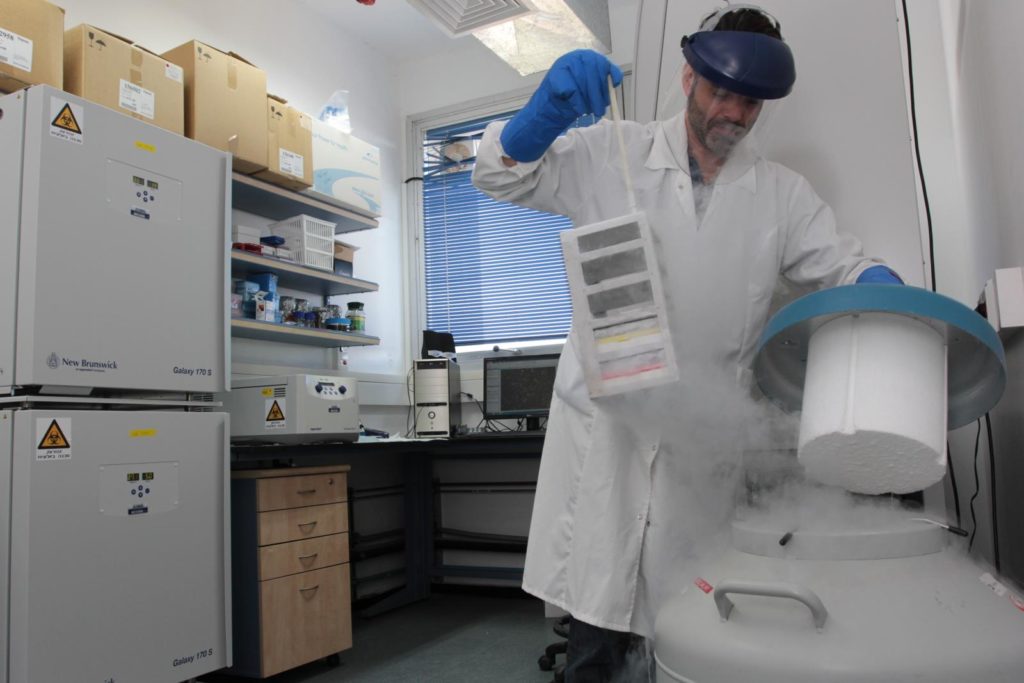The Laboratory of Nanomaterials Based-Devices

Highly multi-disciplinary in nature, LNBD research combines knowledge from diverse fields, among them microelectronics, nanotechnology, microfluidics, machine learning, biochemistry, medicine and genetics. Borrowing from these different disciplines, the laboratory develops novel solid-state and flexible devices/sensors, as well as electronic sensory nanoarrays for application in various areas.
Healthcare diagnosis, consumer electronics, robotics, sports and fitness, environmental monitoring and other fields all stand to benefit from work at the LNBD. The lab’s comprehensive approach comprises materials and device development, system integration, testing in lab and clinical/technological environments, practical application (disease diagnosis), widespread screening of high-risk factors and exploitation of project results/hardware.
NANOMATERIAL-BASED DEVICES
The LNBD develops and employs different nanomaterials, such as metal nanoparticles, poly aromatic hydrocarbons, silicon nanowires and carbon nanotubes, in a variety of electronic devices. Control over the size, shape, structure and morphology of such nanospecies enables the design of complex sensing functions that can address practical requirements from sensing platforms. In addition, both fabrication using bottom-up wet chemistry approaches, and the utilization of organic material coatings are simple. This enables the use of nanomaterials for different applications. The LNBD focuses on the following applications:
Nanomaterial-based sensors: R&D for use in artificially intelligent nanoarray and electronic skin applications.
Self-healing sensors: development of electronic sensors with engineered structures that enable self-repair and full functionality following mechanically destructive damage.
Printed electronics: development of new printing and self-assembly techniques that enable the optimal implementation of nanomaterials in electronic devices.
Volatile Biomarkers
The LNBD group conducts studies in different aspects of volatile biomarkers, focusing on breath and skin samples. Exhaled breath and skin headspace can be obtained non-invasively, are suitable for high compliance, and provide a matrix of relatively low complexity. In this effort, the lab is developing and characterizing artificially intelligent arrays of solid-state and flexible sensors for the detection and classification of various diseases in a non-invasive, fast and inexpensive manner, with low energy consumption. In addition to conducting R&D on sensing devices, lab researchers examine the developed devices via actual clinical trials on diverse diseases, malignant, neurodegenerative or infectious. These trials involve human volunteers together with in-vitro and in-vivo studies using different cell lines and animal models. In parallel, the lab assesses theoretical pathways and transport of different VOCs/chemicals from the internal, toward the external, side of the body.